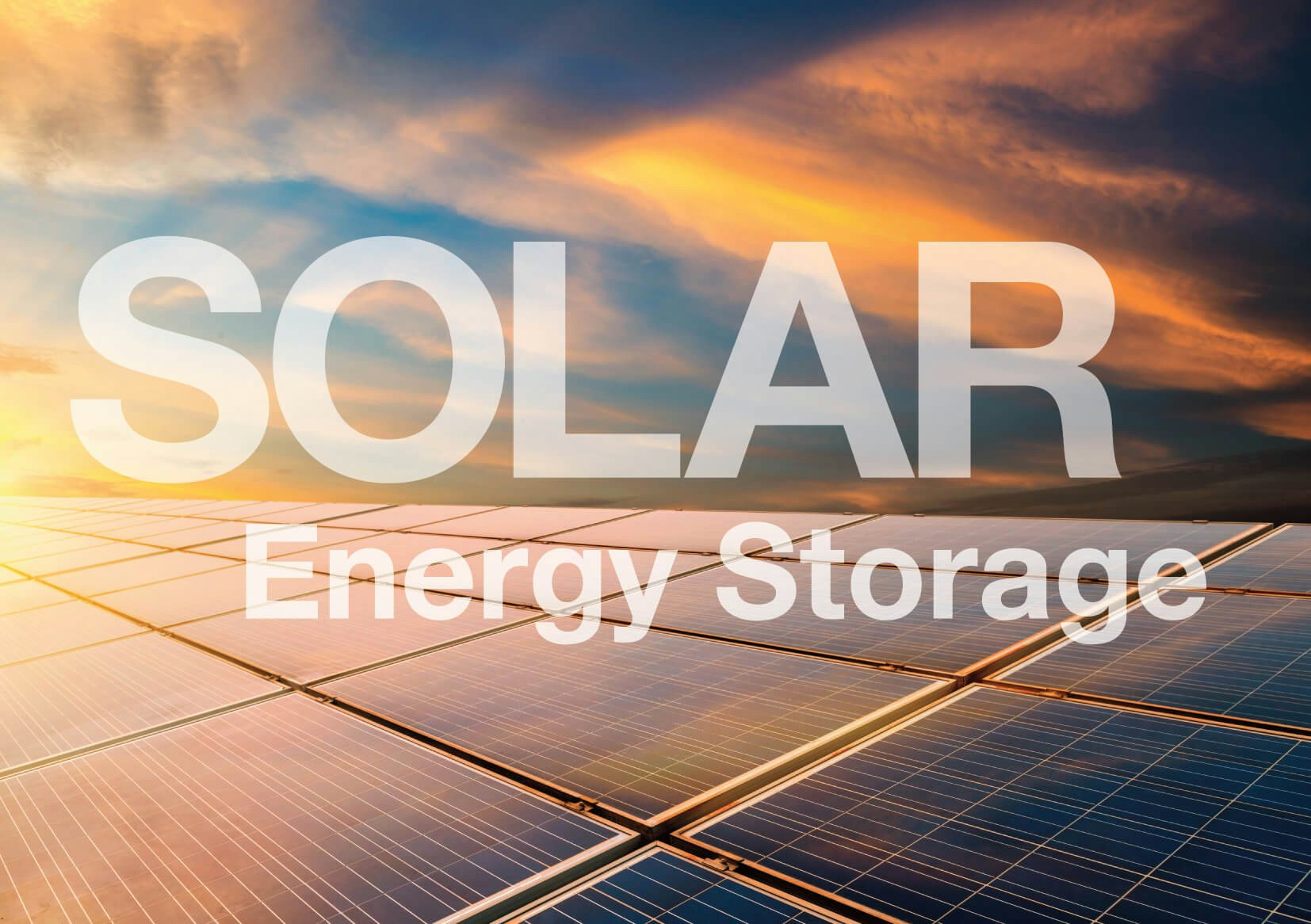Scientists prolong solar energy storage time
As exciting as solar energy and cells are, they are still facing two major complications before they can produce sufficient or even abundant power.
The two problems circle around the technology not being cost effective enough and the power charge not storing long enough to be available on demand. Achieving cost effectiveness may still be a while away but until then, there have been improvements with the latter issue.
The news comes from Stanford University, where a team has found a way to store a record breaking amount of the captured sunlight in chemical bond form. Where previously the stored percentage was 24.4%, the new figure is considerably higher – 30%. It makes a significant difference in whether or not it is worth continuing with the efforts of prolonging storage, the extra 5,6% is a major step forward and proves it is possible.
Thomas Jaramillo, who leads the team of scientists behind the discovery, said in an interview for the University’s website that this development brings us closer to sustainable energy production processes that are also a realistic long-term option in practise. “Improving efficiency has a remarkable impact on lowering costs. We have to continue work on finding more ways to lower the costs to compete with conventional fuels.”
Following this logic, it must also be noted how the storage issue can lead to solving cost-efficiency. The theory behind the Stanford discovery is very simple – using the electricity from sunlight to split water into molecules of hydrogen and oxygen gas, the electricity is then regenerated when needed by combining them back together. It does not require endless financial resources, either can arguably be the factor that turns a corner for solar power. This is particularly the case if the percentage of storable solar energy can be further developed to higher percentages using the same method.
As solar energy has been around for years, it would be expected to see further development in that field scientifically. The storing of energy is thus very positive news and Dashboard looks forward to seeing many more developments in the near future. We believe every step is a leap to a more sustainable future, which is high on our value list. Hopefully this should encourage wider use of solar panels and cells for economic and environmental reasons rather than trend.
